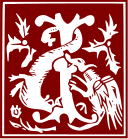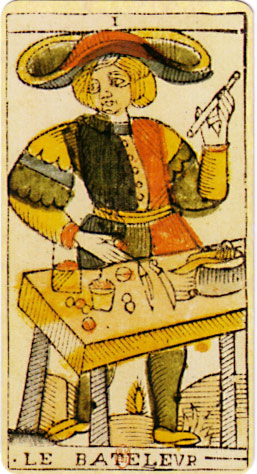
had been living in chaos for a full week, courtesy of the Jung Center in New York City, that took me inside the archetype where I had been hanging out since at least the last presidential election. It was during the last thirty minutes of the last session on the last day that the instructor handed out reproductions of two tarot cards, Death and The Tower. We were asked to look at these cards for three minutes and write about the experience for seven.
At first I resisted, thinking why ruin a perfectly good week by playing some wacko card game developed in some medieval dungeon, then revised as precursor of modern day bridge by 16th century Italian noble families and later re-imagined as a spiritual exercise?
Then I wondered what Carl Jung would say about this adventure. I recalled psychologist James Hillman writing in “Healing Fiction” that Freud wrote about fictions but Jung was a writer on “fictions.” For Hillman, this meant that Jung would write about just about anything, including alchemy, astrology, yoga, and so on. For Jung, meaning (and psyche) is everywhere and in everything, even in tarot cards. Though he didn’t research the subject deeply, Jung understood that tarot cards represented symbols of transformation like those found in myths, dreams and alchemy.
The Tower card, with the penetrating eye of God radiating down and across the rubble from the Tower of Babel, echoes the biblical story. There is a hint of a door leading into or away from this destruction. A giant mouth with flaming spear-like teeth threatens to devour the scene. In the upper left-hand corner, a dove of peace with a branch in its beak flies away from the eye of God. In the upper right, a sea horse, circled with a halo of gold, hovers near the eye.
The instructor suggests that the tower card is about raw energy that might be associated with a war god. The yellow and flaming red colors in the card suggest conflagration. The scene smacks of masculinity and militarism. In psychological terms, the card is full of anger, rage and affect, a display of raw emotions. All this takes place under the gaze of God, who seems to provide both heat and light to events. And the feminine is completely absent.
Some class members saw their plight and their devils in this card. Others saw the New York City Twin Towers falling. Of course, we were projecting our shadow side onto these tarot scenes, a coda to a week of chaos.
Since I had spent the last two years researching church councils, wars about images and how they were received and perceived, and the lack of the feminine for an upcoming novel, “Chanting the Feminine Down,” I was immediately pulled into my own psychological tale. I imagined, again, monks roaming through the Holy Land killing off the old gods who were everywhere underfoot. I saw altars, shrines and other holy places burned and destroyed by new armies of religious operating under the withering eye of a punishing God. I saw armies on the march, militant teeth on display, crushing disbelievers. I saw again the women burned at the stake for imagining a feminine God. I imagined the dove of peace leaving the scene and the sea horse, guide to lost sailors, swimming in place.
 I said to the class that I wanted to follow the bird of peace but felt constrained to remain and make peace with the God who watched over a world of destruction. I was shaking.
I said to the class that I wanted to follow the bird of peace but felt constrained to remain and make peace with the God who watched over a world of destruction. I was shaking.
I realize that I had become lost in my literalism. The week and the novel weighed heavily on me. After class I reflected on the instructor’s final remark: “What keeps me prisoner is a false tower that needs to come down.”
She had put her finger on my wound.
